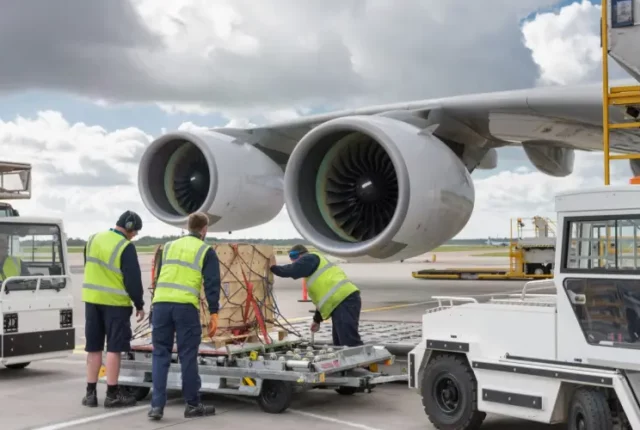
Biofuel Trials Launched To Safeguard The Shipping Industry
As the shipping industry is having more pressure applied to reduce emissions, new biofuel trials have been launched by MSC and Eastern Pacific to safeguard the Shipping industry. Recent studies have shown how successful biofuel blends have been with little to no changes required to engines. Prior to these new biofuel trials, MSC has demonstrated fuels developed using a blending technology from Quadrise Fuels International. Both companies have now agreed to proceed with further testing of the fuels.
If the proof-of-concept trials are successful, MSC will seek approval from the engine manufacturers. Once approved, MSC agreed to continue working with Quadrise in developing a commercial supply of the fuel for its fleet and Quadrise. The companies will also continue discussions with other engine suppliers to investigate the testing of the fuels.
MSAR (Multiphase Superfine Atomised Residue) is a fuel developed by Quadrise which is said to contain aprox. 30 percent water and less than 1 percent chemicals. This technology helps refiners to produce fuel from “the bottom of the barrel,” to create a low viscosity synthetic HFO. There’s another version developed, bioMSAR, which includes glycerine. The glycerine will help in reducing CO2 emissions within the shipping industry.
approximately 1,000 metric tons of fuel will be used in each of the proof-of-concept tests, aboard an MSC container ship with a 69MW 2-stroke engine to assure engine performance. The tests will commence no later than December 31, 2022.
In the second phase operational trials will be conducted. The companies plan to seek Letters of No Objection from the engine manufacturer at both the interim and final stage of tests of MSAR and bioMSAR lasting approximately 4,000 operating hours.
There are various technologies being developed to reduce CO2 emissions. However, many in the shipping industry believe that biofuels are the bridging gap to long term CO2 reduction throughout the shipping community.
The main body of this article was found on maritime-executive.com





